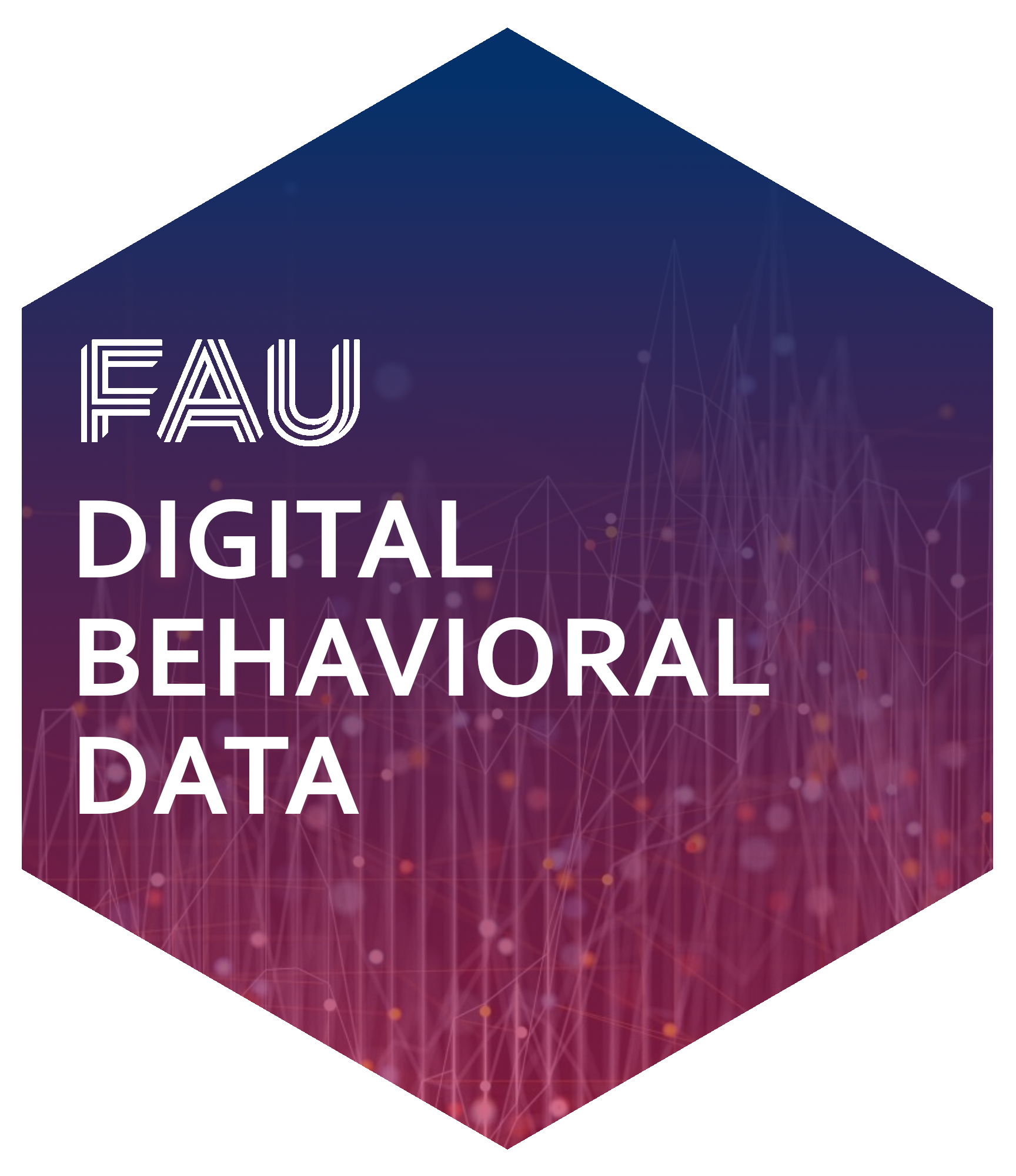Session 8
📦 Automatic text analysis
Mandatory literature
All articles of this section have to be read & used by the presenting group
Chen, Y., Peng, Z., Kim, S.-H., & Choi, C. W. (2023). What We Can Do and Cannot Do with Topic Modeling: A Systematic Review. Communication Methods and Measures, 17(2), 111–130. https://doi.org/10.1080/19312458.2023.2167965
Friemel, T. N. (2017). Social Network Analysis (J. Matthes, C. S. Davis, & R. F. Potter, Eds.; 1st ed., pp. 1–14). Wiley. https://onlinelibrary.wiley.com/doi/10.1002/9781118901731.iecrm0235
Hase, V. (2023). Automated Content Analysis (F. Oehmer-Pedrazzi, S. H. Kessler, E. Humprecht, K. Sommer, & L. Castro, Eds.; pp. 23–36). Springer Fachmedien Wiesbaden. https://link.springer.com/10.1007/978-3-658-36179-2_3
Himelboim, I. (2017). Social Network Analysis (Social Media) (J. Matthes, C. S. Davis, & R. F. Potter, Eds.; 1st ed., pp. 1–15). Wiley. https://onlinelibrary.wiley.com/doi/10.1002/9781118901731.iecrm0236
Maier, D., Waldherr, A., Miltner, P., Wiedemann, G., Niekler, A., Keinert, A., Pfetsch, B., Heyer, G., Reber, U., Häussler, T., Schmid-Petri, H., & Adam, S. (2018). Applying LDA Topic Modeling in Communication Research: Toward a Valid and Reliable Methodology. Communication Methods and Measures, 12(2-3), 93–118. https://doi.org/10.1080/19312458.2018.1430754
Other additional readings
Topic Modeling
Egger, R., & Yu, J. (2022). A topic modeling comparison between LDA, NMF, Top2Vec, and BERTopic to demystify twitter posts. Frontiers in Sociology, 7, 886498. https://doi.org/10.3389/fsoc.2022.886498
Chang, J., Boyd-Graber, J., Gerrish, S., Wang, C., & Blei, D. (2009). Reading tea leaves: How humans interpret topic models. 32, 288–296.
Banda, J. M., Tekumalla, R., Wang, G., Yu, J., Liu, T., Ding, Y., Artemova, E., Tutubalina, E., & Chowell, G. (2021). A Large-Scale COVID-19 Twitter Chatter Dataset for Open Scientific ResearchAn International Collaboration. Epidemiologia, 2(3), 315–324. https://doi.org/10.3390/epidemiologia2030024
Jungherr, A. (2016). Twitter use in election campaigns: A systematic literature review. Journal of Information Technology & Politics, 13(1), 72–91. https://doi.org/10.1080/19331681.2015.1132401
Karami, A., Lundy, M., Webb, F., & Dwivedi, Y. K. (2020). Twitter and research: A systematic literature review through text mining. IEEE Access, 8, 67698–67717. https://doi.org/10.1109/ACCESS.2020.2983656
Mueller, S. D., & Saeltzer, M. (2022). Twitter made me do it! Twitter’s tonal platform incentive and its effect on online campaigning. Information, Communication & Society, 25(9), 1247–1272. https://doi.org/10.1080/1369118X.2020.1850841
Münch, F. V., Thies, B., Puschmann, C., & Bruns, A. (2021). Walking Through Twitter: Sampling a Language-Based Follow Network of Influential Twitter Accounts. Social Media + Society, 7(1), 205630512098447. https://doi.org/10.1177/2056305120984475
Vasko, V., & Trilling, D. (2019). A permanent campaign? Tweeting differences among members of Congress between campaign and routine periods. Journal of Information Technology & Politics, 16(4), 342–359. https://doi.org/10.1080/19331681.2019.1657046
Yuan, S., Chen, Y., Vojta, S., & Chen, Y. (2022). More aggressive, more retweets? Exploring the effects of aggressive climate change messages on Twitter. New Media & Society, 146144482211222. https://doi.org/10.1177/14614448221122202
Back to course schedule ⏎
